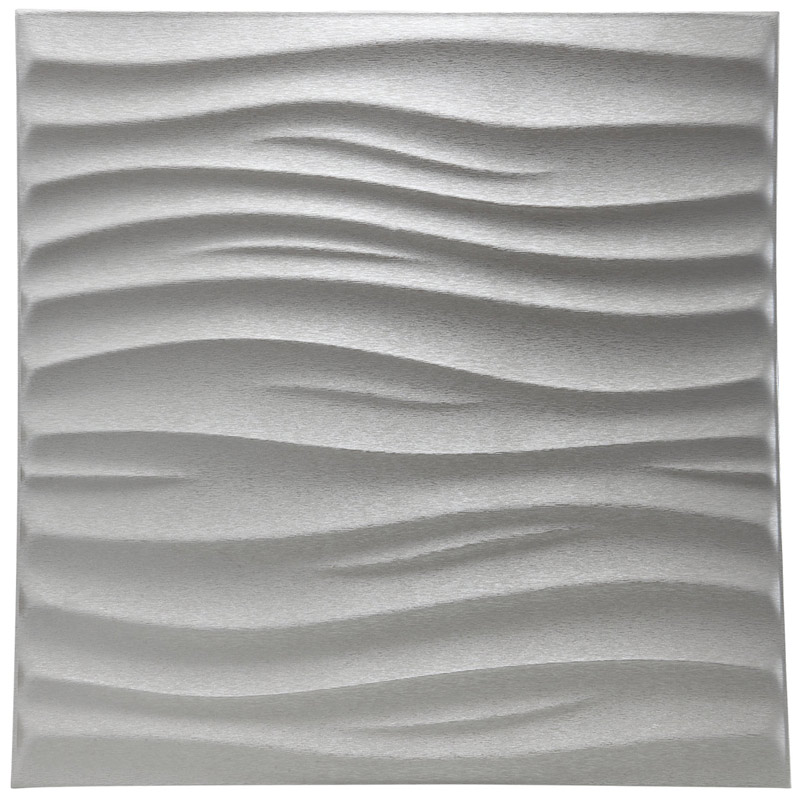In the realm of construction and architecture, the choice of wall material is a critical decision that impacts not only the aesthetics of a building but also its structural integrity, thermal performance, and overall longevity. The question, What is the most common wall material? is not as straightforward as it may seem, given the myriad of factors that influence this choice. However, in the context of modern construction, the answer is predominantly concrete.
Concrete, a composite material composed of fine and coarse aggregate bonded together with a fluid cement that hardens over time, has been the go-to wall material for several decades. Its popularity stems from its exceptional strength, durability, and versatility, which make it suitable for a wide range of construction projects, from residential homes to skyscrapers.
Concrete walls are typically constructed using one of two methods: cast-in-place or precast. Cast-in-place concrete walls are poured on-site into reusable molds, allowing for a high degree of customization in terms of shape and size. Precast concrete walls, on the other hand, are factory-made and transported to the construction site, offering advantages in terms of quality control, speed of installation, and reduced waste.
While concrete is the most common wall material, it's worth noting that it's often used in conjunction with other materials to enhance its performance. For instance, insulated concrete forms (ICFs) combine the strength of concrete with the thermal insulation properties of polystyrene foam, resulting in energy-efficient walls that can significantly reduce heating and cooling costs.
Moreover, the advent of sustainable construction practices has led to the increased use of eco-friendly alternatives to traditional concrete. One such example is autoclaved aerated concrete (AAC), a lightweight, precast building material that provides excellent thermal and acoustic insulation, fire resistance, and ease of installation.
In conclusion, while concrete remains the most common wall material in modern construction, the field is continually evolving, with new materials and technologies emerging to meet the demands of sustainability, energy efficiency, and architectural innovation. As such, the choice of wall material is a dynamic decision that requires careful consideration of a project's specific requirements, local building codes, and the latest industry trends.

